Power Generation
Delving into how hydrogen contributes to clean power generation, including its use in fuel cells and its potential in supporting a renewable energy-driven grid.
With a greater emphasis on cleaner, lower Carbon power generation, hydrogen has a critical opportunity with the Texas power grid. As large shifts to renewables continue with the lack of storage coupled with electrical demands from increased population and business, the Texas power grid continues to be strained.
Hydrogen, produced from wind and solar, can power turbines to fill this gap. This includes both new gas turbines and existing units which can be converted to operate on hydrogen.
Hydrogen is currently used in industrial processes, as rocket fuel, and in fuel cells for electricity generation and powering vehicles. Operators of several natural gas-fired power plants are exploring the use of hydrogen to supplement or replace natural gas. Hydrogen has the potential for effectively storing energy for electric power generation
News
SunGas Renewables Announces Beaver Lake Renewable Energy, a Green Methanol Facility in Central Louisiana
Chart Industries Chosen to Supply Hydrogen Compressors for China’s First Photovoltaic, Seawater Desalination and Hydrogen Production Integrated Project
Cummins Assumes Full Ownership of Key Fuel Cell and Electrolyzer Technologies
Energy Vault Selects Chart Industries Hydrogen Fueling Solution for Largest Green Hydrogen Long-Duration Energy Storage System in the U.S.
Hydrogen is the chemical element with the symbol H. It is the lightest element. At standard conditions, hydrogen is a gas known as H2. It is colorless, odorless, and tasteless, non-toxic, and combustible. Hydrogen is the most abundant chemical substance in the universe making up roughly 75% of all normal matter.
Hydrogen is used in many industrial processes like refining petroleum, treating metals, producing fertilizer and other chemicals and processing foods. Hydrogen is also used as rocket fuel, in fuel cells for electricity generation and powering vehicles. Hydrogen is being explored as a supplement or replacement to natural gas for power generation.
Demand in Hydrogen is increasing as legacy Texas industries seek solutions that help ensure compliance with federal regulations fast-tracking decarbonization without sacrificing reliability, affordability, or output.
- Producing hydrogen from low-carbon energy is costly at the moment. IEA analysis finds that the cost of producing hydrogen from renewable electricity could fall 30% by 2030 as a result of declining costs of renewables and the scaling up of hydrogen production. Fuel cells, refueling equipment and electrolyzers can all benefit from mass manufacturing. Federal tax credits under the “Build Back Better” bill would give anyone producing “clean hydrogen” the choice of production tax credits of up to $3 a kilogram for 10 years on the hydrogen produced or an investment tax credit of up to 30% of the cost of the electrolyzer and other equipment.
- The development of hydrogen infrastructure is slow and holding back widespread adoption. Hydrogen prices for consumers are highly dependent on how many refueling stations there are, how often they are used and how much hydrogen is delivered per day. The State of Texas’s Texas Commission on Environmental Quality has introduced the Texas Hydrogen Infrastructure, Vehicle and Equipment (THIVE) grant Program. This Program encourages fleets to convert their older diesel vehicle to clean burning hydrogen and provides a portion of the infrastructure costs.
- Regulations currently limit the development of a clean hydrogen industry. Government and industry must work together to ensure existing regulations are not an unnecessary barrier to investment. Trade will benefit from common international standards for the safety of transporting and storing large volumes of hydrogen and for tracing the environmental impacts of different hydrogen supplies.
- Make industrial ports the nerve centres for scaling up the use of clean hydrogen. According to the Texas Port Association, Texas ports rank 2 among the 50 U.S. states in waterborne commerce, Texas Ports handle 616.2 million tons of foreign and domestic cargo and generate $449.6 billion of total economic value for the State of Texas, representing 25% of Texas gross domestic product (GDP). Today, much of the refining and chemicals production that use hydrogen based on fossil fuels is already concentrated in these ports Encouraging these plants to shift to cleaner hydrogen production would drive down overall costs.
- Build on existing infrastructure, such as millions of miles of natural gas pipelines.The Texas Intrastate natural gas pipeline system is one of the largest with a total of 8,324 miles of pipelines gathering natural gas from basins in Texas. Introducing clean hydrogen to replace just 5% of the volume of countries’ natural gas supplies would significantly boost demand for hydrogen and drive down costs.
- Expand hydrogen in transport through fleets, freight and corridors.Incorporating zero emission freight along the Texas Clean Transportation Zone can drive the costs of hydrogen vehicles. Finally, transitioning passenger buses can make fuel-cell vehicles more competitive and affordable.
- Launch the hydrogen trade’s first international shipping routes. Using the lessons of the global LNG market, the Texas Gulf Coast is poised to be a leader in the hydrogen exports.





